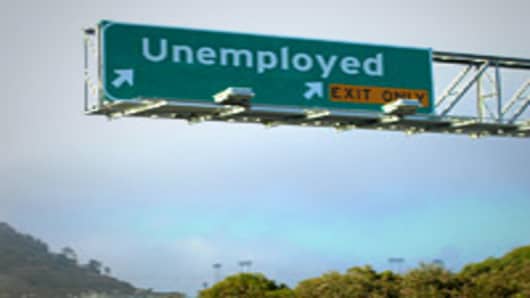A the end of 2009, 2+ earner households comprised 35.3% of the total employed, up from 33.4% in 2007 or an increase of 5.7% in just two years!
The Impact on Consumer Spending
If two wage earners live under one roof, and one loses their job, is it possible they may in fact display more purchase power than if two individuals were living separately and one lost their job? Common sense would say so. The disruption of a household's ability to purchase must be better when it goes to half then when it goes to zero.
According to the HPE, we should then also expect to see a “lift” in consumer purchase power when employment is growing. That is, the existence of two wage earners in a household perhaps creates a stronger sense of security than one wage earner would and therefore spending grows at higher rate than would be expected. If this is the case, we could expect accelerated consumer spending than is forecasted as we emerge from this recession. This could in part explain the holiday results as well as recent retail sales.
It also stands to reason, therefore, that a large percentage of two wage earner households could provide a cushion to consumer spending as employment declines. That is, with more single wage earner households on a relative basis, each job loss hits an individual household harder than when there are two wage earners at home and one is still employed.
The Impact on Employment
The potential impact of HPE has big implications on the employment structure as well. At this point in the market, we are seeing the largest growth in the part-time workforce than we seen in the last 30 years. Common wisdom says that when the markets get better, this ratio will go down as people clamor for more fulltime work, especially since much of the growth comes from what is considered “non voluntary” part timers. However, if we continue to see a growth in 2+ wage earner households, then we could see an increased interest in part-time work, as a 2+ wage earner household creates some flexibility. This hypothesis is also supported by recent trends in technology, which enable many jobs, such as contact center agents, to be performed in the home. And the trends in technological capabilities are also supported by trends in management and HR practices which are also becoming more flexible in terms of supporting remote, more flexible schedules for all types of white collar jobs.
If the trends toward more 2+ wage earners continue, we will likely experience better than expected consumer spending at current unemployment levels all across the spectrum. We would also likely see shifts in the behaviors and expectations of the size and needs of a part-time workforce. Organizations will want to consider this effect as they map out workforce and labor strategies into the future.
_________________________
Darryl Demos is a Managing Director in the New York office and leads Novantas' partnership with Verint systems.


